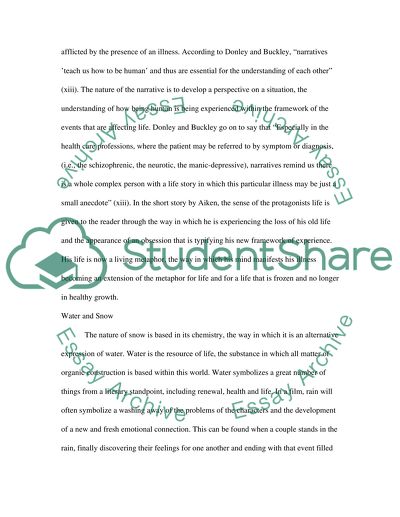Cite this document
(“Silent Snow, Secret Snow by Conrad Aiken Essay Example | Topics and Well Written Essays - 2500 words”, n.d.)
Retrieved de https://studentshare.org/literature/1428576-silent-snow-secret-snow-by-conrad-aiken
Retrieved de https://studentshare.org/literature/1428576-silent-snow-secret-snow-by-conrad-aiken
(Silent Snow, Secret Snow by Conrad Aiken Essay Example | Topics and Well Written Essays - 2500 Words)
https://studentshare.org/literature/1428576-silent-snow-secret-snow-by-conrad-aiken.
https://studentshare.org/literature/1428576-silent-snow-secret-snow-by-conrad-aiken.
“Silent Snow, Secret Snow by Conrad Aiken Essay Example | Topics and Well Written Essays - 2500 Words”, n.d. https://studentshare.org/literature/1428576-silent-snow-secret-snow-by-conrad-aiken.


